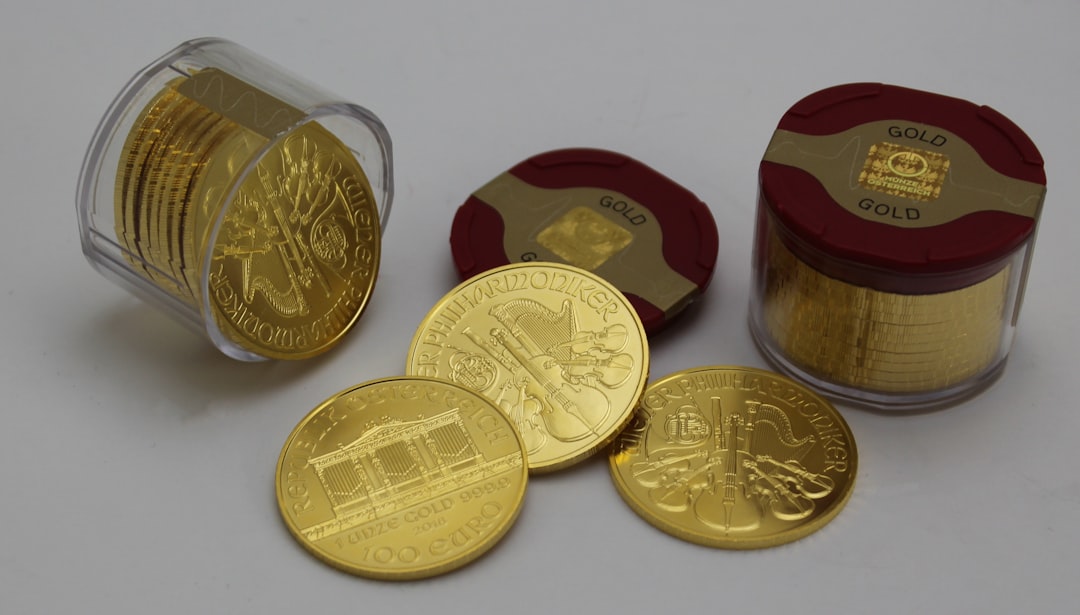Gold glitters again, but in a tale of two markets, physical gold seems to be winning the popularity contest. While gold ETFs (exchange-traded funds) have seen a recent uptick, they’re still lagging behind the surge in demand for physical gold, from bars and coins to jewelry. This divergence raises questions about what’s driving investor behavior and where the smart money is going.
Several factors are fueling this gold rush. Inflation remains a key concern, with consumers feeling the pinch of rising prices. Gold, historically viewed as a safe haven asset, becomes attractive during periods of economic uncertainty. Geopolitical tensions also play a role. The ongoing war in Ukraine and simmering global conflicts add to the sense of instability, pushing investors towards tangible assets like gold. Furthermore, central banks around the world have been increasing their gold reserves, adding to its perceived value and influencing market sentiment.
The preference for physical gold over ETFs can be explained by a few key differences. Owning physical gold offers a sense of tangible security. It’s a direct investment, free from the counterparty risk associated with ETFs, where investors rely on the fund provider. This resonates particularly with younger investors who may be more skeptical of traditional financial institutions and drawn to the idea of having direct control over their assets. There’s also the emotional appeal of holding something of inherent value, a sentiment that transcends generations. Finally, the ease of access to online platforms and local dealers has simplified the process of buying and selling physical gold, making it a more attractive option for a new generation of investors. While ETFs offer convenience and liquidity, the current trend suggests that the allure of holding the real thing is proving irresistible for many, especially those newer to the precious metals market. This doesn’t necessarily mean ETFs are a bad investment, but it highlights the importance of understanding the nuances of each approach and aligning your investment strategy with your individual goals and risk tolerance.



